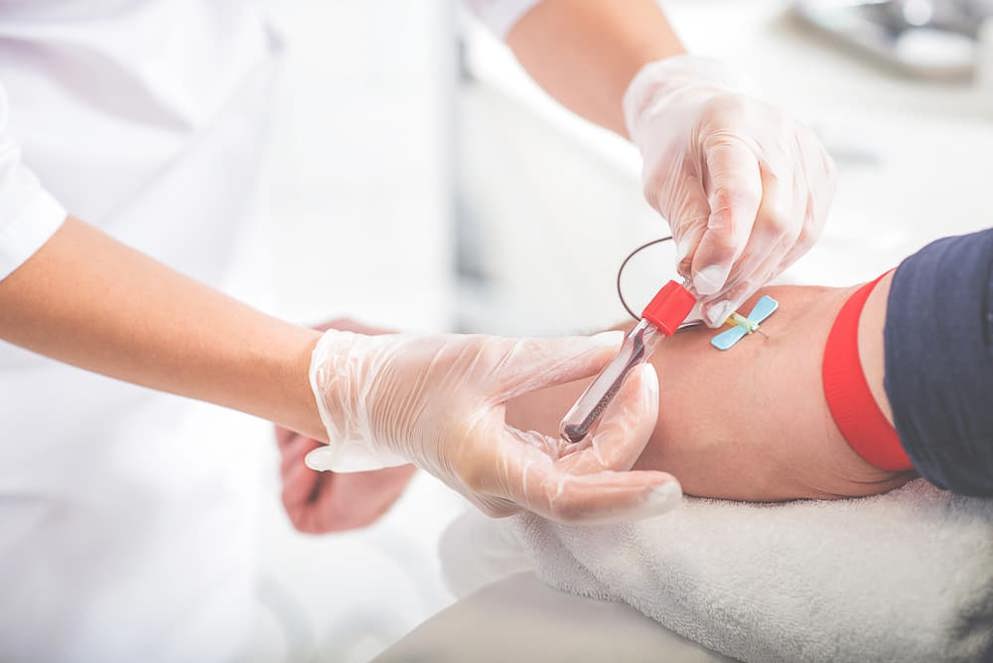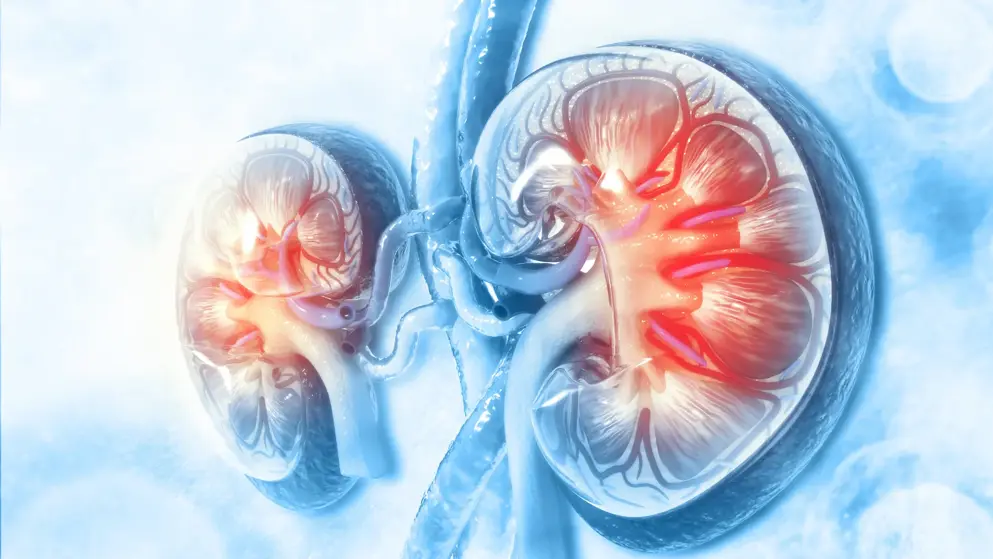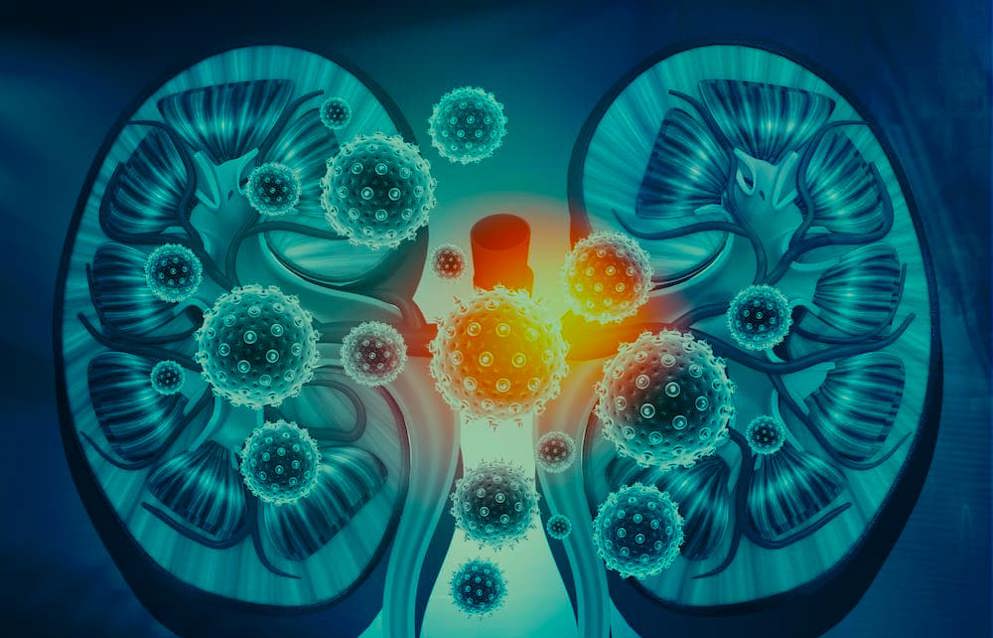Long-term safety and efficacy of sodium zirconium cyclosilicate for hyperkalaemia in patients with mild/moderate versus severe/end-stage chronic kidney disease: comparative results from an open-label, Phase 3 study
Long-term safety and efficacy of sodium zirconium cyclosilicate for hyperkalaemia in patients with mild/moderate versus severe/end-stage chronic kidney disease: comparative results from an open-label, Phase 3 study
Background: Sodium zirconium cyclosilicate (SZC; formerly ZS-9) is a selective potassium (K+) binder for the treatment of adults with hyperkalaemia. This post hoc analysis of an open-label, single-arm trial (NCT02163499) compared SZC efficacy and safety >12 months among outpatients with hyperkalaemia and Stages 4 and 5 chronic kidney disease (CKD) versus those with Stages 1-3 CKD.
Methods: Adults with serum K+ ≥5.1 mmol/L (measured by point-of-care i-STAT device) received SZC 10 g three times daily for 24-72 h until normokalaemia (i-STAT K+ 3.5-5.0 mmol/L) was achieved [correction phase (CP)], followed by once daily SZC 5 g for ≤12 months [maintenance phase (MP)]. Here, patients were stratified by baseline estimated glomerular filtration rate (eGFR <30 or ≥30 mL/min/1.73 m2). Study endpoints included percent achieving normokalaemia during CP and MP, mean serum K+ and bicarbonate during MP, and adverse events (AEs).
Results: Of 751 patients enrolled, 289 (39%), 453 (60%) and 9 (1%) had baseline eGFR values of <30, ≥30 mL/min/1.73 m2 or missing, respectively. During the CP, 82% of patients achieved normokalaemia in both eGFR subgroups within 24 h, and 100 and 95% with baseline eGFR <30 and ≥30 mL/min/1.73 m2, respectively, within 72 h. Corresponding proportions with normokalaemia during the MP were 82 and 90% at Day 365, respectively. Mean serum K+ reduction from baseline during the CP was sustained throughout the MP and serum bicarbonate increased. AEs during the MP were more common in the eGFR <30 ≥30 mL/min/1.73 m2 subgroup.
Conclusions: SZC corrects hyperkalaemia and maintains normokalaemia among outpatients regardless of the CKD stage.
Read abstract on library site Access full article




